Drive train
-
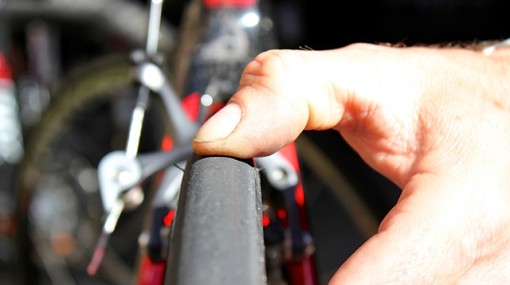
The simplest checks of tyres, brakes, bolts, gears, and cables can lead to a hassle-free ride
-
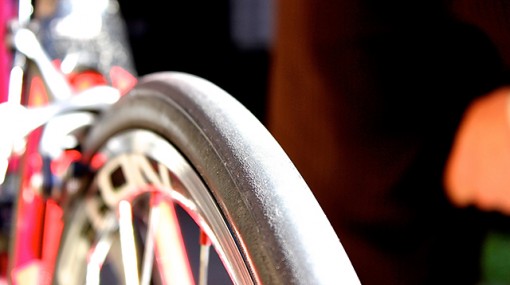
A quick pre-ride check of your tyres' rolling surface and sidewalls can prevent a much longer inspection at the road side.
-
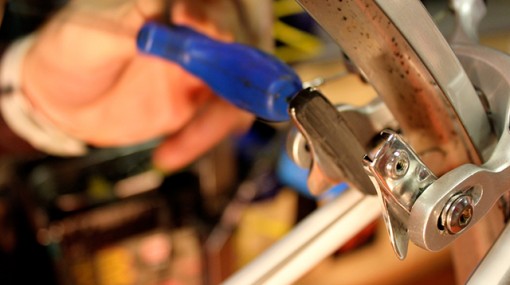
Removing debris from the surface of brake pads can provide more efficient braking and prevent unnecessary scarring to the brake track
-
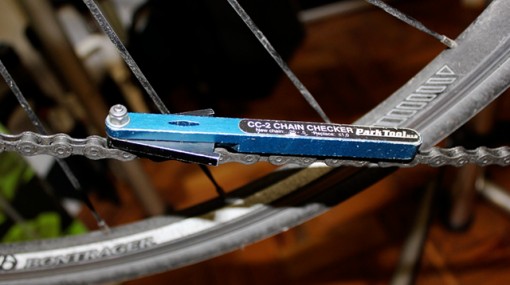
The trusty chain checker measures the degree to which a chain links has stretched
-
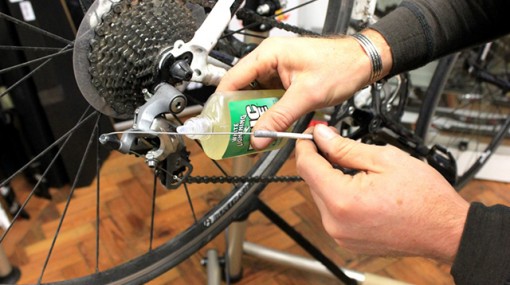
Applying a layer of cable lubricant to the inner will allow it to move freely inside the outer. Silicone lubricant on exposed sections will help prevent corrosion
-
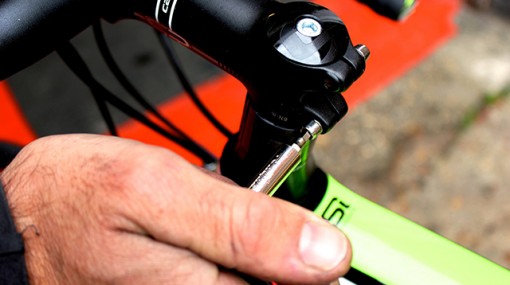
The consequences of a loose stem bolt could be catastrophic. A quick tighten can easily be incorporated in a routine of pre-ride checks
Drive train
The chain, cassette, and chainwheels are the principal components in the drivetrain and a quick inspection of the condition and function of each can easily be included in a routine of pre-ride checks.
A chain checker device is a cheap and effective tool that can save you hundreds of pounds in replacing prematurely worn cassettes. There are a few different types, but each measures the link for ‘stretch’. Worn i.e. stretched links engage poorly with the teeth on the cassette and chainwheels, causing poor shifts and premature wear. If your chain is worn, fit a new one, and save yourself pounds on replacing other components in the drivetrain.
A brief inspection of the cassette and chainwheels is also worth your time, although degradation in the performance of these components is likely to be gradual rather than sudden and catastrophic. The teeth on the cogs both front and rear reduce and become misshapen over time, impairing shifting performance. The chain is likely to need replacing before the cassette or chainwheels, typically in a ratio of three chains to one cassette.
Cleaning is likely to be part of your post-ride routine rather than pre-ride, but nothing is more likely to prevent drivetrain issues than a regular degrease (back to bare metal), wash and dry. Buying a good quality chain cleaner (a plastic device with bristled innards to be filled with degreaser and mounted on the chain – Park’s Cyclone is our favourite) will pay for itself again and again.
I like to remove the cassette and wash it in the sink with degreaser (when Mrs. PL is out). An old toothbrush is OK for this but companies like Muc Off and Park Tool do great brush sets that are more effective. Repeat the process with the chainset, making sure that no dirt, grit or grease is lurking to ruin your newly cleaned chain.





